basophil cells at work
 CHARACTER | Cells at Work Official USA Website
CHARACTER | Cells at Work Official USA WebsiteBiology in fiction appears in fiction, especially but not only in , both in the form of real aspects of science, used as themes or devices of plot, and in the form of fictitious elements, whether they are extensions of fiction or applications of biological theory, or through the invention of . The main aspects of biology found in fiction include , , , and , , and , and . allows authors with enough ability to create what critic Helen N. Parker calls biological, illuminating the human condition from a point of view. especially, they have often been created simply to provide entertaining monsters. Zoologists like Sam Levin have argued that, driven by other planets, aliens could in fact seem to humans to some extent. The main themes of science fiction include messages of optimism or pessimism; Helen N. Parker has observed that in biological fiction, pessimism is, by far, the dominant perspective. Early works like 's novels explored the grave consequences of Darwinian evolution, the ruthless competition, and the dark side of human nature; 'it was equally grim about the effects of . The fictional biology, too, has allowed the main authors of science fiction like, , , and create what Parker called biological, with compelling representations of alien worlds capable of supporting profound analogies with Earth and humanity. Contents Aspects of biology[ ]The aspects of biology found in fiction include evolution, disease, ecology, ethology, genetics, physiology, parasiticism and mutualism (symbiosis). Evolution[], including, has been an important theme in fiction since the late nineteenth century. It began, however, before 's time, and reflects and sees (as in 's 1887 Lumen) and Darwin's. It is omnipresent in literature, whether it is optimisticly taken in terms of how humanity can evolve towards perfection, or pessimistically in terms of the serious consequences of the interaction of human nature and the struggle for survival. Other topics include the replacement of humanity, either by other species or by . The disease[], both real and fictional, plays a significant role in both literary fiction and science, some as well as and appearing in many books and films. plagues that threaten all human life, like, are among the many described in literature and film. Science fiction also has interest, in the advances imagined in . suggests that the abundance of describing the "near annihilation or total extinction of the human race" by threats including mortal uprisings when the general "fear and discomfort", as measured by , increase. TB was a common disease in the nineteenth century. In , he appeared in several important works. He used the topic of consumptive repeatedly, with Katerina Ivanovna in ; Kirillov in , and so much Ippolit and Marie in . did the same with Bazarov in . In , the main novels of tuberculosis include 's 1848 , 's 1855 , and 's 1900 Eleanor. Genetics[] Aspects of including or (as in ), and have appeared in fiction since the nineteenth century. Genetics is a young science, beginning in 1900 with the rediscovery of 's study on the heritage of peas plants. During the 20th century it developed to create new sciences and technologies including, cloning and genetic engineering. The modification of human beings (and of all their descendants) was focused on the eugenic movement. Since then, many novels and films have used aspects of genetics as plot devices, often taking one of two routes: a genetic accident with disastrous consequences; or, the feasibility and convenience of a planned genetic alteration. The treatment of science in these stories has been uneven and often unrealistic. The 1997 film tried to accurately portray science but was criticized by scientists. 's 1990 novel challenged the entire cloning of remnants of extinct species for millions of years, and its use to recreate living animals, using what was then known of genetics and to create a history of "intertention" and "provocation of thoughts". The lack of scientific understanding of genetics in the 19th century did not prevent the works of science fiction as 's novels 1818 and 's 1896 from exploring topics of biological experiment, mutation and hybridization, with its disastrous consequences, asking serious questions about the nature of humanity and the responsibility of science. Physiology[] The scene of creation in 's makes use of electricity to bring the monster to life. Shelley's idea of resuscitation through electric shock was based on the experiments of , which noted that a shock made the leg of a dead frog. Electric shock is now routinely used in , keeping the heart rate, and , restoring the heart rate. The ability to produce electricity is central to the novel 2016 . In the book, women develop the ability to free the electric shocks from their fingers, powerful enough to stun or kill. Fish like the , Electrophorus electricus, create powerful with modified , stacked end to end as in a , and the novel really reference such fish and electricity generated in . Parasiticism[] frequently appears in fiction, from ancient times forward as seen in mythical figures such as blood irrigation, with a blooming in the nineteenth century. These include alien monsters intentionally disgusting in movies, although they are sometimes less "horrible" than real examples in nature. Authors and screenwriters have exploited to a certain extent parasitic biology: lifestyles including, , , and many forms are found in books and films. Some fictitious parasites, like the mortal parasitoid in , have become well known in their own right. The terrifying monsters are clearly hosted: writer Matt Kaplan points out that they induce signs of stress, including high heart rate and sweat, but people continue to pardon such works. Kaplan compares this to the "masochism" of very hot spicy foods, which induce mouth burns, sweating and tears. Psychologist Paul Rozin suggests that there is a pleasure in seeing that the body itself reacts as if we were stressed knowing that no real damage will result. Symbiosis[] appears in fiction, especially as a plot device. It is distinguished from , a similar theme, for mutual benefit to the agencies involved, while the damage inflicts on their host. The fictitious symbionts often confer special powers on their hosts. After the , science fiction moved towards more reciprocal relationships, as in 1970 by Furies Possessed, who saw the aliens positively. In , it says that the microscopic forms of life called midi-clorians, within all living cells, allow the characters with enough of these symbionts in their cells to feel and use the Force. Ethology[], the study of animal behavior, appears in the scientific wildlife novel 2018 Where the Crawdads Sing. The protagonist, Kya, is abandoned by her parents at age six, and grows alone in a North Carolina swamp, learning camouflage and how to hunt the animals there. People in the city call it "the swamp girl." Read about ethology including an article titled, using your knowledge to navigate the tricks and rituals of quotes from local boys; and it is compared to a woman, who uses her encoded light to draw a man of another species to his death, or a female, who starts eating her head and the thorax of her partner while her abdomen is still copuling with her. "Female insects, Kya thought, know how to deal with their lovers." Ecology[], the study of inter-agency relations and their environment, appears in fiction in novels such as 's 1965, 's 1992, and 's 2013. Dune brought the stage of the ecology center, with an entire planet fighting with its environment. Their life forms included huge sandworms for which water is fatal and mouse-like animals able to survive in the conditions of the desert of the planet. The book was influential in the environmental movement of time. In the 1970s, the impact of human activity on the environment stimulated a new type of writing. It has two branches: stories about human impact in nature; and stories about nature (instead of humans). It includes books written in styles from modernism to , and in genres from the main stream to romance and speculative fiction. An echo fiction anthology of 1978 includes works of the nineteenth and twentieth century by authors as diverse as , , , , , , , , , , , , , and . Physical agencies[] Fiction, especially science fiction, has created both alien and terrestrial. A branch of fiction consists specifically in the design of imaginary organisms in particular scenarios; this is sometimes informed by precise science. Functions[ ] Biology fiction serves a variety of functions in the film and literature, including the provision of properly terrifying monsters, the communication of an author's vision of the world, and the creation of aliens for biological parables to illuminate what is a human being. Real biology, such as infectious diseases, also provides a variety of contexts, from staff to highly dystopic, which can be exploited in fiction. Monsters and foreigners[] A common use of fictitious biology in science fiction is to provide plausible alien species, sometimes simply as terrifying subjects, but sometimes for more reflective purposes. Alien species include 's in their novel of 1898, the early twentieth century science fiction, fearsome parasitoids, and a variety of giant insects, especially in the early twentieth century. Aliens are common in science fiction. One reason is that the authors use the only example of intelligent life they know: humans. The zoologist Sam Levin points out that aliens might actually tend to look like humans, driven by . Luis Villazon points out that the animals that move necessarily have a front and a back; just as with animals on Earth, the sensory organs tend to meet on the front as they find stimuli there, . Legs reduce friction, and with legs, bilateral symmetry facilitates coordination. Sensitive organisms, Villazon argues, will probably use tools, in which case they need hands and at least two more limbs to stand up. In short, it is likely that a generally humanid form, although bodies such as octopus or starfish are also possible. They were created in the 20th century, including 's venomous, walking, carnivorous'. in their 1951 novel, The idea of the plants that could attack a wary traveler began at the end of the 19th century; the potatoes in 's had "subjectly." The first stories included 's 1881 The tree to eat man with its gigantic 's 1897, and the purple terror of Fred White 1899. 's 1907 history "The Willows" powerfully tells of evil trees that manipulate the mind of people. - as in 's drawn by, 1871 A , an early-sci-fi stumper. The illustration shows the story of 1951 "A man, a maid and the Temptation of Saturn". : 's poster for 's 1957 : 1962 poster of a 1951 novel Optimism and pessimism[]An important theme of science fiction and speculative biology is to convey a message of optimism or pessimism according to the vision of the author's world. While the optimistic visions of technological progress are common enough, the pessimistic views of the future of humanity are much more common in fiction based on biology. A rare optimistic note is struck by the evolutionary biologist in his history, The Final Judgment, in the 1927 Worlds Possible collection. Both 's 1953 and 's 1959, also, optimisticly imagine that humans will evolve pious mental capacities. The great possibilities of Darwinian evolution with its ruthless "" have been repeatedly explored since the beginnings of science fiction, as in the novels of H. G. Wells (1895), The Isle of Dr. Moreau (1896), and (1898); all of them pessimistically explore the possible negative consequences of the darkest sides of human nature in the struggle for survival. 's 1931 novel is equally grim about the oppressive consequences of advances in genetic engineering applied to human reproduction. biological parables[] literary critic Helen N. Parker suggested in 1977 that speculative biology could serve as biological parables that shed light on the human condition. This parable puts in contact with foreigners and humans, allowing the author to see humanity from an alien perspective. She pointed out that the difficulty of doing this in the long term meant that only some leading authors had tried, named, , , and . In her opinion, the four had impressively complete features of alien beings. Weinbaum had created a "foreign disorder" of intelligent beings, unlike Brunner Draconians but extinct. What united the four writers, he argued, was that the novels focused on the interactions between aliens and humans, creating profound analogies between the two types of life and from there commenting on humanity now and in the future. Weinbaum 1934 explored the question of how aliens and humans could communicate, since their thinking processes were totally different. Asymmov's 1972 makes the alien main characters, and explores. Brunner's 1974 Total Eclipse creates an alien whole world, extrapolated from terrestrial threats. In 1969, Le Guin presents his vision of a universe of planets inhabited by "men", descendants of the planet Hain. In the book, Ambassador Genly Ai of the civilized worlds visits the people of Gethen, "inward and backward appearance", only to end in danger, from which he escapes crossing the polar ice cap in a desperate but well planned expedition with an exile Chancellor of the Rulers, Estraven. They are ambisexual with , and they go through periods of , called "kemmer", at which time an individual comes temporarily to function as a man or a woman, depending on whether they are first with a male or female partner during their hammer period. The invented biology reflects and exemplifies, according to Parker, the opposite but united dualities of such as light and darkness, evil and female. So also the opposite characters of Genly Ai with their carefully objective reports, and Estraven with a highly personal journal, while history develops, illuminating humanity through adventure and strange science fiction. Structure and themes[ ]The modern novels sometimes make use of biology to provide structure and themes. 's 1912 relates the feelings of the protagonist to the progress of an epidemic, which eventually kills him. 's novel of 2001 , which makes use of the illustrations of artist and convict 's book of 26 fish paintings for chapter headings and as the inspiration for the various characters of the novel. Realism[] Genetist Dan Koboldt observes that science in fiction is often overwhelmed, reinforcing popular myths to the point of "pura fiction". In his own field, he gives as examples the idea that first-degree relatives have the same hair, eyes and nose as one to the other, and that the future of a person, as (he claims) in . Koboldt points out that the color of the eyes changes as children grow: adults with long eyes or brown eyes often had blue eyes like babies; that brown-eyed parents can have children with blue eyes. Other authors of their published collection Putting the Science in Fiction point out a wide variety of errors in the image of other biological sciences. ################## Related Navigation menu Personal tools Named spaces Variants Views More Search Navigation Contributed Tools Printing/exporting Languages

Basophil | Cells at Work! Wiki | Fandom | Anime, Artsy, Manga anime

When Some of Your Cells Are Edgelords | Cells At Work Episode 4 - YouTube
Day 10: Eosinophil or basophil | Cells at Work(Hataraku Saibou) Amino

Hataraku Saibou OST - Basophil - YouTube


Cells at Work! Pass Case Basophil (Anime Toy) - HobbySearch Anime Goods Store
Basophil | Wiki | Cells at Work(Hataraku Saibou) Amino

CHARACTER | Cells at Work Official USA Website

Cells at Work! Episode 4: Eosinophil | Rory Muses

CHARACTER | Cells at Work Official USA Website
Basophil | Wiki | Cells at Work(Hataraku Saibou) Amino

Basophil | Anime, Fan art, Manga

Cells at Work! / Characters - TV Tropes
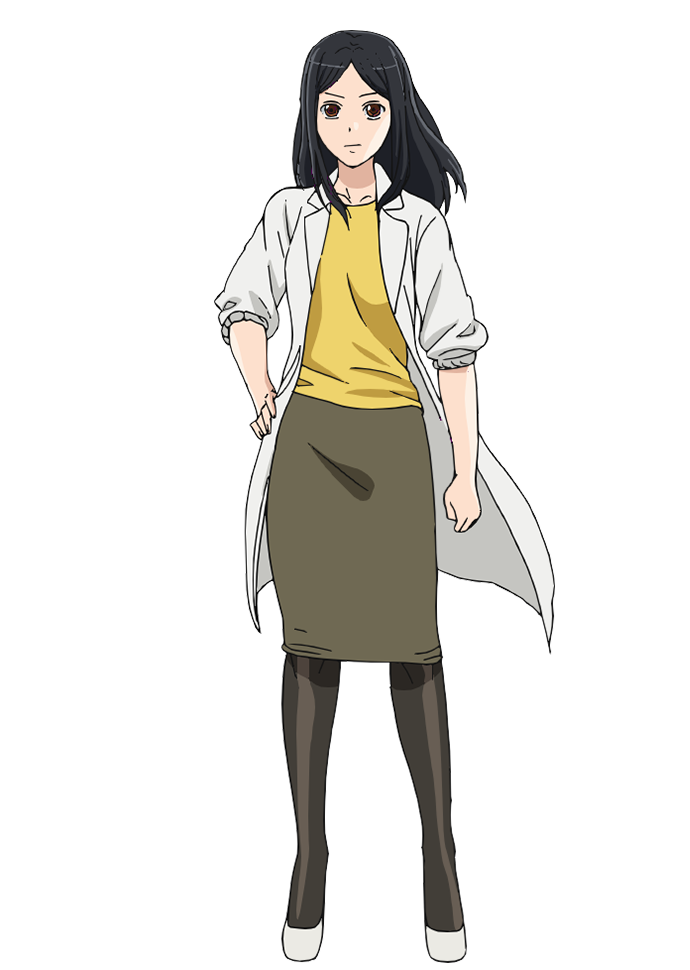
Mast Cell | Cells at Work! Wiki | Fandom
![Cells at work] : animenocontext Cells at work] : animenocontext](https://i.imgur.com/jrz1fsl.png)
Cells at work] : animenocontext

Cells At Work - Chapter 27 (English) | Work memes, Cell, Anime funny
![Family Tree [Cells at Work] : manga Family Tree [Cells at Work] : manga](https://preview.redd.it/mpdrnag33df11.png?auto=webp&s=659ae29f58fd63423435600abc599f04c4298610)
Family Tree [Cells at Work] : manga

Cells at Work! Pass Case Basophil (Anime Toy) - HobbySearch Anime Goods Store

Cells at Work! / Characters - TV Tropes

Cells At Work Hataraku Saibo Basophil Cosplay Costume

Basophil-san #Unmasked Credits to: Imai... - Cells at Work- Hataraku Saibou | Facebook

Cells at Work! Basophil Cosplay Costume|cosplay costume|costume costumecostume cosplay - AliExpress

basophil | Explore Tumblr Posts and Blogs | Tumgir
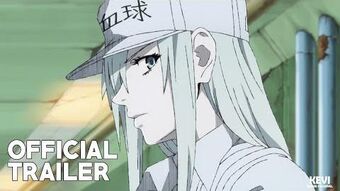
Cells at Work! Wiki | Fandom

Four — my new past-time is photoshopping basophil...

Anime Hataraku Saibou Eosinophils Granulocyte Basophil Cells Cosplay Costume Cells At Work Pink Uniform Suit Wome… | Cosplay costumes, Suits for women, Party outfit
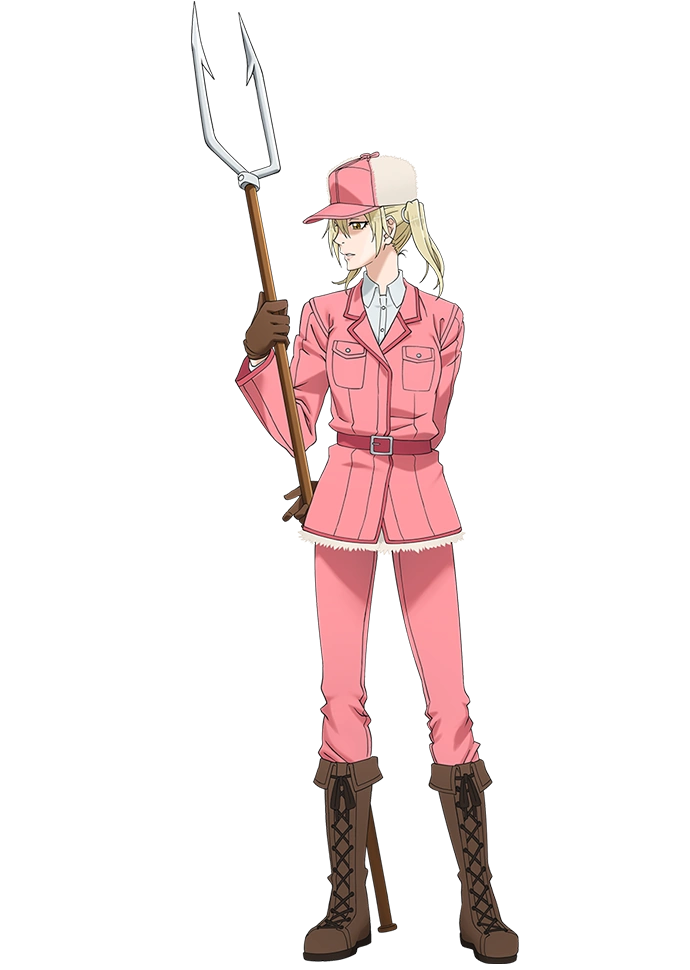
Eosinophil | Cells at Work! Wiki | Fandom

Cells At Work Theatrical Anime will be Screening in September

The Rainbow Ambassador — Mini preview of some cells in APH crossover style...

Cells at Work! - Wikipedia

Cells at Work! Episode 4: Eosinophil | Rory Muses
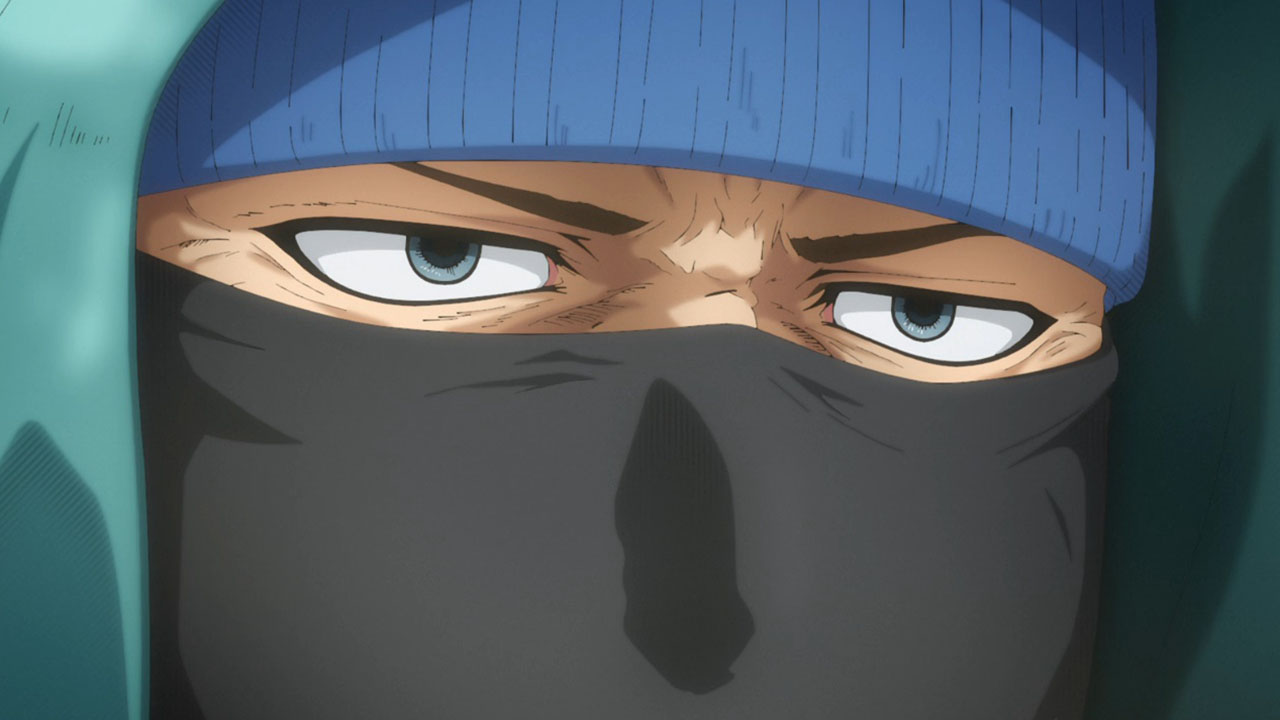
Hataraku Saibou – 04 – Random Curiosity
Memoir of RMT on Twitter: "Hataraku Saibou (Cells at work) Thread:"
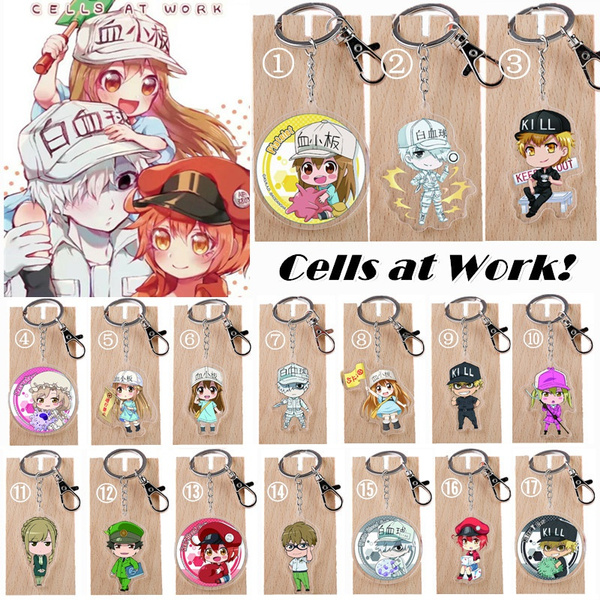
17 Styles Cells at Work Key Chain Platelet Red Blood Cell Macrophages White Blood Cell Mast Basophilic granulocyte basophil Keychain Toys Cartoon Anime | Wish

CHARACTER | Cells at Work Official USA Website

basophil | Explore Tumblr Posts and Blogs | Tumgir

please come to brazil

10 hours making this | Hataraku Saibou / Cells at Work! | Know Your Meme

Cells at work anime quotes Cells at work characters tv tropes | Dogtrainingobedienceschool.com

Cells at Work! Episode 4: Eosinophil | Rory Muses
Posting Komentar untuk "basophil cells at work"